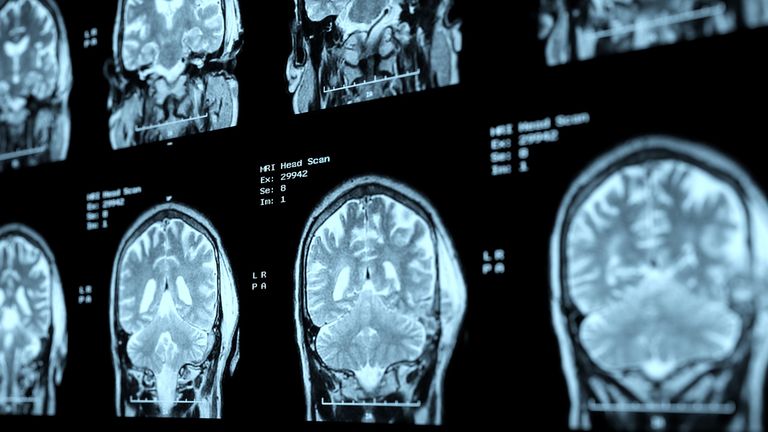A new study has revealed a surprising dimension of the COVID-19 pandemic, with the virus responsible for the global crisis, SARS-CoV-2, now detected "in a large suite of common backyard animals."
Researchers examined 23 common backyard species in Virginia and found that six of them harbored the virus.
Genetic analysis confirmed not only the presence of SARS-CoV-2, but also the existence of unique viral mutations that closely matched human variants circulating during the study period. The highest exposure to SARS CoV-2 was found in animals near hiking trails and high-traffic public areas, suggesting the virus passed from humans to wildlife.
More From Newsweek Vault: What Is a Health Savings Account?
The study, published in the peer-reviewed journal Nature Communications, underscores the importance of monitoring wildlife for novel mutations in SARS-CoV-2, which could pose greater risks due to enhanced transmissibility, potentially creating challenges for vaccine development.
However, the scientists stressed that they found no evidence of the virus being transmitted from animals to humans, and people should not fear typical interactions with wildlife.
More From Newsweek Vault: Compare the Top Health Savings Account (HSA) Providers
Investigators tested animals from 23 common Virginia species for active infections and antibodies indicating previous infections.
They found signs of the virus in deer mice, Virginia opossums, raccoons, groundhogs, Eastern cottontail rabbits, and Eastern red bats. The virus isolated from one opossum showed viral mutations that were previously unreported and can potentially impact how the virus affects humans and their immune response.
"The virus can jump from humans to wildlife when we are in contact with them, like a hitchhiker switching rides to a new, more suitable host," Carla Finkielstein, study author and professor of biological sciences, said in a statement. "The goal of the virus is to spread in order to survive. The virus aims to infect more humans, but vaccinations protect many humans. So, the virus turns to animals, adapting and mutating to thrive in the new hosts."
SARS CoV-2 infections were previously identified in wildlife, primarily in white-tailed deer and feral mink.
However, the Virginia Tech study significantly expanded the number of species examined and the understanding of virus transmission to and among wildlife. The data suggests exposure to the virus has been widespread in wildlife and that areas with high human activity may serve as points of contact for cross-species transmission.
"This study was really motivated by seeing a large, important gap in our knowledge about SARS-CoV-2 transmission in a broader wildlife community," Joseph Hoyt, study author and assistant professor of biological sciences, said in a statement. "A lot of studies to date have focused on white-tailed deer, while what is happening in much of our common backyard wildlife remains unknown."
The research team collected 798 nasal and oral swabs across in Virginia from animals either live-trapped in the field and released, or being treated by wildlife rehabilitation centers. The team also obtained 126 blood samples from six species.
The locations were chosen to compare the presence of the virus in animals in sites with varying levels of human activity, from urban areas to remote wilderness.
The study also identified two mice at the same site on the same day with the exact same variant, indicating they either both got it from the same human or one infected the other.
However, researchers remain uncertain about the exact mechanisms of transmission from humans to animals. While wastewater is a potential source, the scientists believe that trash receptacles and discarded food are more likely culprits.
"I think the big take home message is the virus is pretty ubiquitous. We found positives in a large suite of common backyard animals," study author Amanda Goldberg said in a statement.
Although this study was conducted in Virginia, many of the species that tested positive are widespread across North America. This suggests that these animals may be exposed to the virus in other regions as well. According to Hoyt, there is an urgent need for expanded surveillance across a broader geographic area.
"The virus is indifferent to whether its host walks on two legs or four. Its primary objective is survival. Mutations that do not confer a survival or replication advantage to the virus will not persist and will eventually disappear," Finkielstein said.
While the researchers have learned that "SARS CoV-2 is not only a human problem," they acknowledge that surveillance for these mutations must continue and more research is needed about how the virus is transmitted from humans to wildlife.
Do you have a tip on a science story that Newsweek should be covering? Let us know via science@newsweek.com.
Disclaimer: The copyright of this article belongs to the original author. Reposting this article is solely for the purpose of information dissemination and does not constitute any investment advice. If there is any infringement, please contact us immediately. We will make corrections or deletions as necessary. Thank you.



